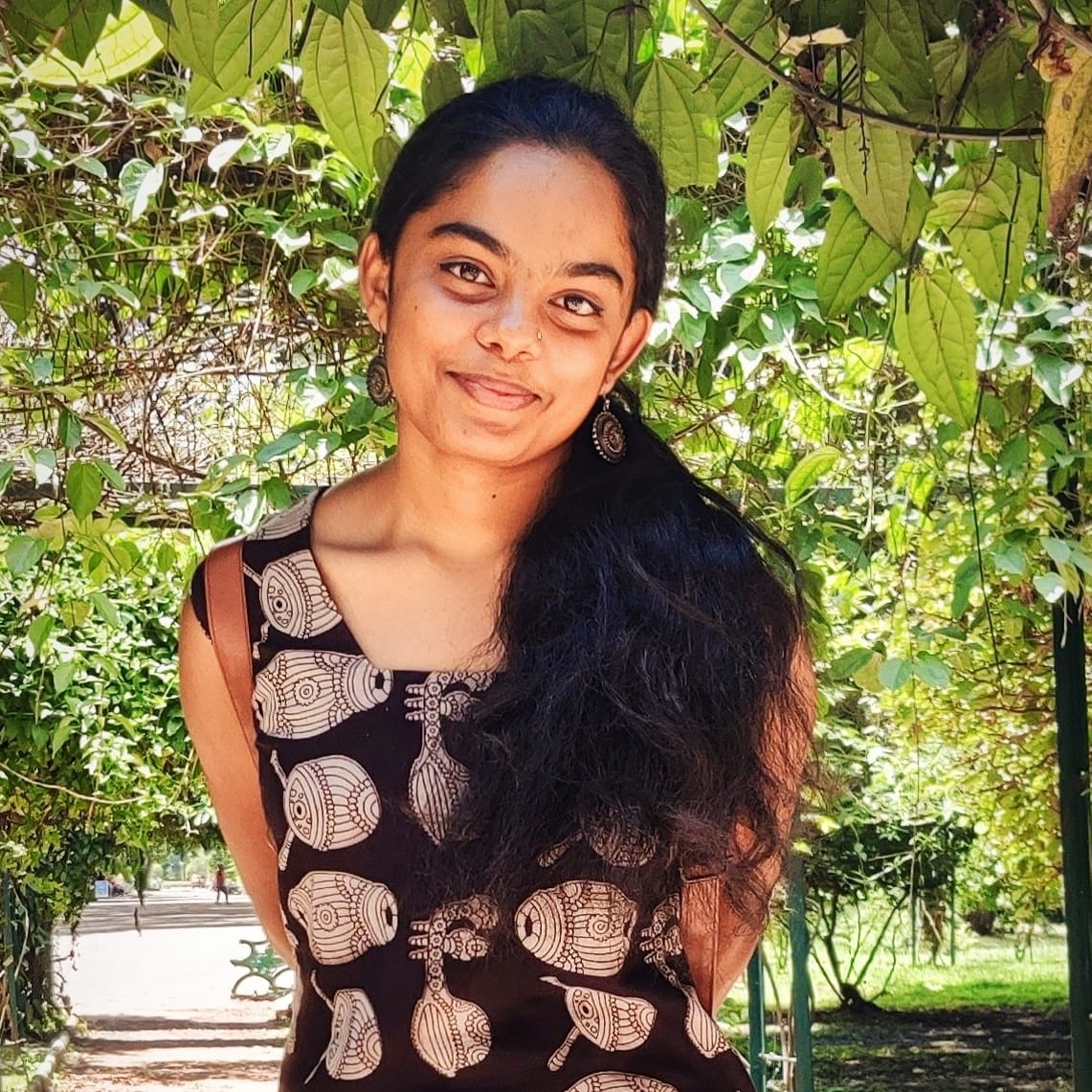Youth led movements for change have been a recurring feature of India's vibrant democracy. Listed below are a few examples of student led protests and acts of dissent that aspired for a free, just and equal society.
Youth movements are central to modern political discourse. Braugnat et al. propose that youth participation is a unique feature of modern societies and democracies because of intergenerational conflict. They argue that since young people begin to vote in democracies and make political choices for themselves they might not agree with all policies that previous generations made. Consequently, they rebel and form youth movements.
Further, institutions like universities and colleges facilitate these youth movements. Young people meet and interact with others from similar age groups, who share common concerns. The freedom that many universities provide, enables these youth movements to start. Further, in India, youth wings of various national political parties already exist, furthering political participation amongst the youth, especially in the sphere of the university. In this article, we look at some important youth-led movements in India.
-
Anti-Mandal agitation, 1990
On August 7th 1990, VP Singh, the former Prime Minister of India announced the implementation of the Mandal Commission Report. This report stated that Other Backward Classes (OBCs) would get 27% reservations in public sector jobs. The students of Delhi University were unhappy with this decision and protests erupted across many campuses including St. Stephens and Ramjas. However, the movement lacked a leader and coherent organisation. Yet, it managed to gain youth support and involvement. The protesters attacked many Delhi Transport Corporation (DTC) buses shouting slogans, “VP Singh Hai Hai” and “Mandal Commission down down”. Similar to the Vietnam war protests, violence was rampant in these agitations. Rajeev Goswami, a Deshbandhu College, Delhi University student, attempted to self-immolate himself. Fortunately, he was saved and went on to gain political power after the incident. This incident, however, caused the intensity of the agitations to decrease. The Mandal Commission Report was finally implemented in 1992.
-
FTII agitation, 2015
In 2015, the Film and Television Institute of India appointed Gajendra Chauhan, a former television actor and BJP member as the chairman of the institute. His low credentials caused agitation among the students who started a protest on June 12th. Unable to handle the pressures and demands of the student body, the newly appointed chairman of the institute, Prashant Patrabhe, filed a police complaint. After this, the police conducted a midnight crackdown on the students whose resilience strengthened. However, owing to the protests, the administration reduced the number of scholarships and barred students from foreign exchange programs. The protest halted after 139 days. Although the protest did not yield many results, it was famed for its perseverance and determination.
-
Protests after Rohith Vemula's suicide, 2016
Rohith Vemula was a PhD scholar at Hyderabad Central University (HCU), who committed suicide in 2016. Days before his tragic death, Rohith along with five other classmates were expelled from campus for allegedly assaulting an ABVP student leader. Their movement within the campus was heavily restricted, they were not paid their stipends on time and were humiliated. Such injustice was because Rohith was a Dalit student. Upon repeated requests, the administration did not accommodate his requests. His fellowship of 25,000 rupees too was suspended. On January 17, 2016, he committed suicide and left behind a heart-wrenching note that became a symbol of Dalit student rights and liberation from caste-based discrimination in institutions of higher education across India.
Vemula’s death launched a new character of politics in India. Students and youth who largely did not acknowledge caste differences as a notable factor in politics became vocal about its influence on society. Mass protests across metro cities in India with slogans and posters in support of Rohith Vemula and Dalit students at HCU ensued. Political ideologies of Ambedkar and Marx were invoked and the youth started to demand equality.
-
The student movement during National Emergency, 1975
The former Prime Minister imposed an emergency in India on June 25, 1975. The emergency witnessed bans on political rallies, media censorship, incarceration of Opposition leaders and controversial measures such as coercive sterilisation. Severe violations of individual and institutional freedoms characterised that time period. Yet, student protests continued and leaders were abducted, and detained to reduce the intensity of the student movement and “restore” democracy.
Due to multiple restrictions and fear, youth politics itself dwindled during the beginning of the Emergency. One instance of this was when Prabir Purkayastha, a member of the Students Federation of India, was abducted from campus during a student strike at Jawaharlal Nehru University, by Delhi Police in an unmarked car because officers believed him to be a student leader, D.P. Tripathi. While no charges were ever filed against Purkayastha, he was not granted bail and was transferred to a prison in Agra. In jail, students faced dreadful conditions. When the Emergency was declared, 500 prisoners were added overnight to the Delhi Prisons. By the end of the Emergency, the total number of inmates in the Delhi Prison system had nearly doubled.
Students became a crucial force in campaigning for non-Congress parties in the general elections of March 19777. These protests led to Congress dislodging from power in New Delhi for the first time in independent India’s history giving way to the Janata Party that won 330 out of the 542 seats in the Lok Sabha.
Student-led movements—filled with the desire to challenge status-quo—are absolutely necessary to keep democracies alive. Especially in a diverse country like India, where there cannot be a one-fix policy option, dissent by the youth is important to evaluate policy decisions. Additionally, these movements also bring forth previously ignored matters like caste to the fore.



.png)
